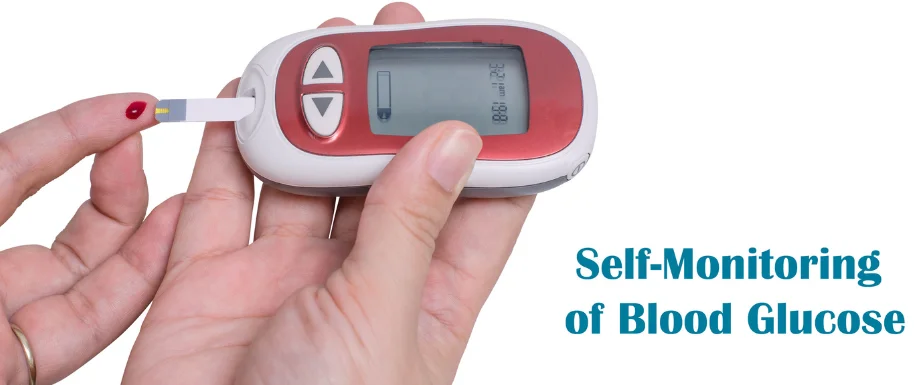Why monitor blood glucose?
Self-monitoring of blood glucose (SMBG) has become the modern day a prerequisite for diabetes management. SMBG has been recommended for people with diabetes to achieve their desired glycemic targets.
In order to achieve a balanced glycemic target neither hypoglycemia nor hyperglycemia, we require blood glucose monitoring.
Immediate benefits of blood glucose monitoring:
- Maximizes learning on the state of the body
- Helps in the identification of highs and lows of glycemic levels
- Decreases the risk of long term complications and maximizes health benefits
- Helps in identifying the variables effecting blood glucose
For your physician, self-monitoring helps in moderating the therapy prescribed and in moderating the diabetes care regimen, including diet, exercise and medications.
Frequency of monitoring:
Type 1 Diabetes:
Perform SMBG three or more times a day. Adjust the intensity of monitoring to intensity of insulin therapy. Perform SMBG three or more times a day when multiple doses of insulin are administered every day.
Type 2 Diabetes:
The exact frequency is undetermined. Perform SMBG at sufficient rate to reach glucose goals. If taking insulin therapy, perform SMBG three or more times a day.
Gestational Diabetes Mellitus:
Perform SMBG three or more times a day.
SMBG can play an important role in improving metabolic control in patients with diabetes. It is recommended for patients treated with insulin and is desirable for all patients with diabetes. Judicious use of SMBG data can help to improve glycemic control, select an anti-diabetic regimen, and provide powerful feedback to patients wishing to improve metabolic control.
